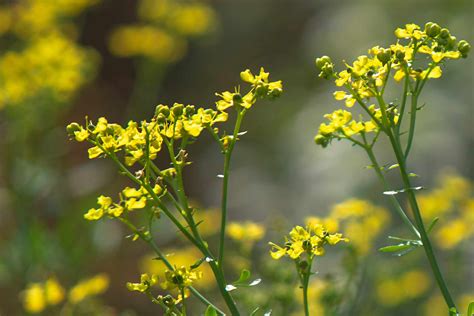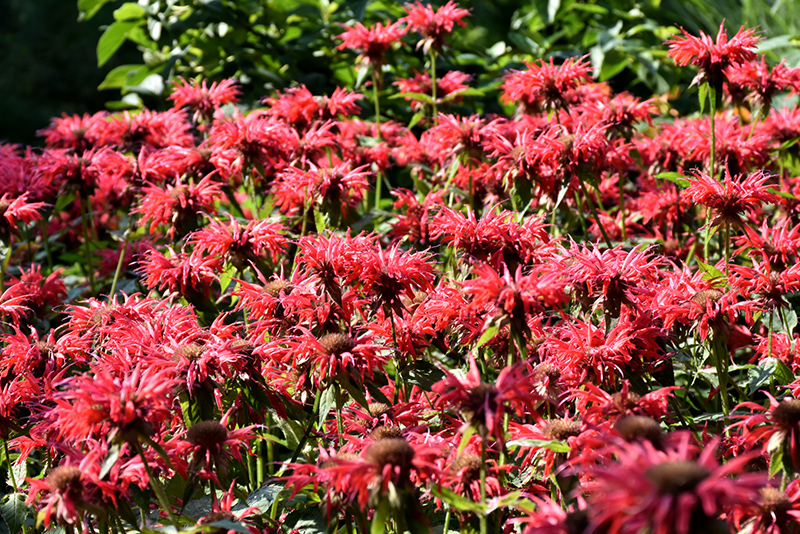How To Grow And Care For A Rue Plant
Rue Herb: How To Cultivate a Beneficial Plant for Your Garden Do you want to learn how to grow rue herb? If so, then you have come to the right place. Rue is a popular plant that is widely used in landscaping, gardening, and medicine. In this post, we will share with you everything you need to know about cultivating rue herb. Rue Herb: An Introduction Rue herb, also known as Ruta graveolens, is a hardy perennial plant that belongs to the Rutaceae family. It is native to southern Europe, but it has been naturalized in many parts of the world, including Asia, Africa, and North America. Rue grows up to three feet tall and has gray-green foliage that gives off a strong, pungent smell when crushed. Plant Attributes One of the reasons why rue herb is so popular is because of its many beneficial properties. Here are some of the plant's key attributes: 1. Medicinal Properties: Rue has been used for centuries as a natural remedy for various ailments, including menstrual cramps, headaches, and digestive issues. It is also said to have anti-inflammatory, anti-cancer, and anti-tumor properties. 2. Insect Repellent: Rue is a natural insect repellent that can help protect your garden from pests like mosquitoes, caterpillars, and beetles. 3. Ornamental Value: Rue has attractive gray-green foliage and delicate yellow flowers that make it a beautiful addition to any garden. Plant Care Rue herb is a hardy plant that requires minimal care once established. Here are some tips on how to care for your rue plant: 1. Soil: Rue prefers well-draining soil that is rich in nutrients. It can tolerate a wide range of soil pH levels but prefers slightly alkaline soil. 2. Watering: Rue is drought-tolerant and does not require a lot of water. Water your plant once a week during the growing season and less often during the winter months. 3. Sunlight: Rue prefers full sun but can tolerate partial shade. Plant your rue in a location that receives at least six hours of direct sunlight per day. Pruning Pruning is an important part of rue herb care. Regular pruning will help keep your plant healthy and prevent it from becoming too woody. Here are some tips on how to prune your rue plant: 1. Timing: Prune your rue plant in the spring before new growth appears. 2. Cutting Back: Use pruning shears to cut back any dead or damaged branches. Cut back one-third of the plant's total height to encourage new growth. 3. Maintenance Pruning: Keep your rue plant tidy by trimming any long or straggly branches throughout the growing season. Propagation Rue herb can be propagated through seeds or cuttings. Here's how to propagate your rue plant: 1. Seeds: Collect the seeds from your rue plant in the fall and plant them in the spring in well-draining soil. Germination can take up to two weeks. 2. Cuttings: Take a four-inch cutting from a healthy rue plant in the spring. Remove the lower leaves and plant the cutting in well-draining soil. Keep the soil moist and place the cutting in a bright, warm location. Potting & Repotting Rue herb can be grown in containers, making it a great option for those with limited space. Here's how to pot and repot your rue plant: 1. Potting: Choose a pot that is at least six inches in diameter and fill it with well-draining soil. Plant your rue in the center of the pot and water it thoroughly. 2. Repotting: Repot your rue plant every two to three years in fresh soil. Choose a pot that is one size larger and make sure it has drainage holes. Common Pests & Plant Diseases Rue herb is relatively pest-resistant but it can be susceptible to certain diseases if not properly cared for. Here are some common pests and diseases that affect rue: 1. Aphids: These small insects suck the sap from plants and can cause yellowing of leaves. Control aphids by spraying your plant with insecticidal soap. 2. Rust: Rust is a fungal disease that causes brown spots on leaves. Remove infected leaves and treat your plant with a fungicide. 3. Root Rot: Root rot is a common problem in plants that are overwatered. Ensure that your plant is not sitting in water and reduce watering if necessary. Common Problems Rue herb is a tough plant that can tolerate a wide range of growing conditions. However, there are a few common problems to be aware of: 1. Leggy Growth: Leggy growth is caused by lack of sunlight. Move your rue plant to a sunnier location to encourage compact, bushy growth. 2. Yellowing Leaves: Yellowing leaves can be a sign of overwatering or poor drainage. Reduce watering and ensure that your plant is not sitting in water. 3. Wilting: Wilting can be caused by both overwatering and underwatering. Check the soil moisture level and adjust your watering accordingly. In conclusion, rue herb is a beneficial plant that is relatively easy to grow and care for. Whether you're looking to add a natural insect repellent to your garden or want to explore its medicinal properties, rue is a great choice. Follow the tips outlined in this post and you'll be well on your way to cultivating a healthy and productive rue plant. Happy gardening! 


www.thespruce.com - vlasova evgeniya
www.gardeningknowhow.com - hana richterova gardeningknowhow
www.pinterest.com - herb
:max_bytes(150000):strip_icc()/how-plant-clover-lawn-4858751-05-ad4b662a688e47f0a0288c0bfc7ac9b5.jpg)



Post a Comment for "How To Grow And Care For A Rue Plant"